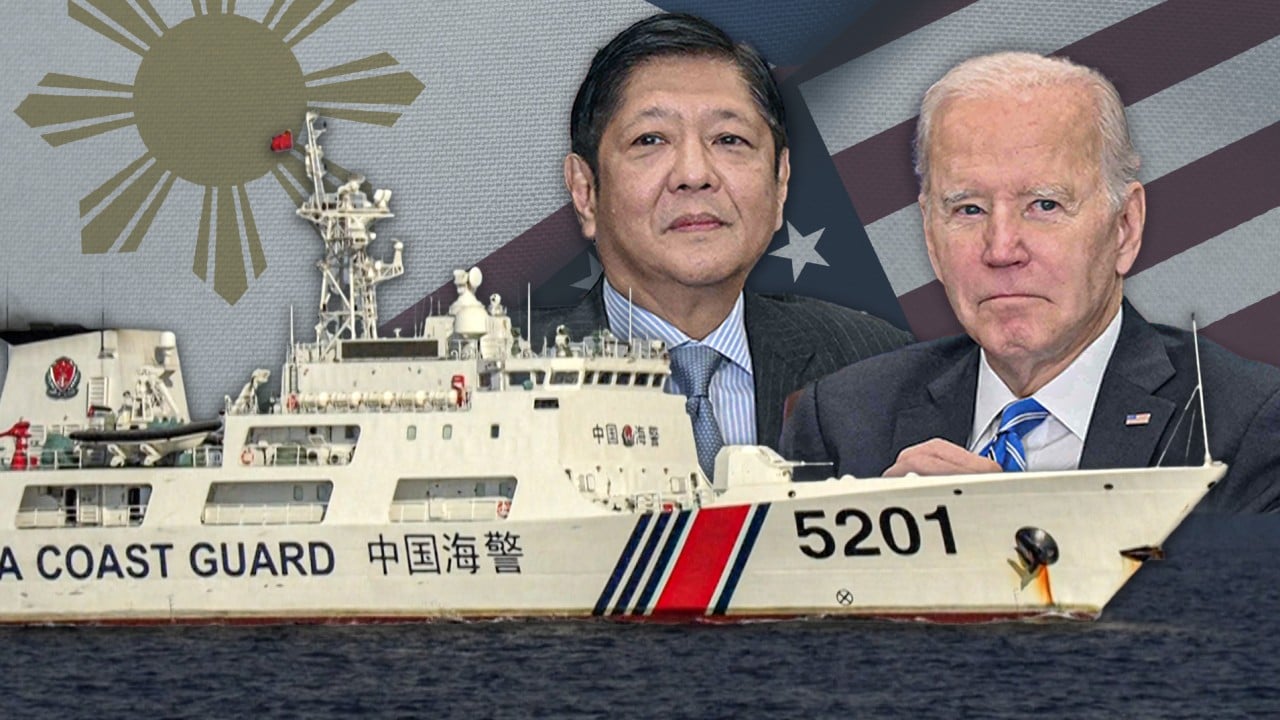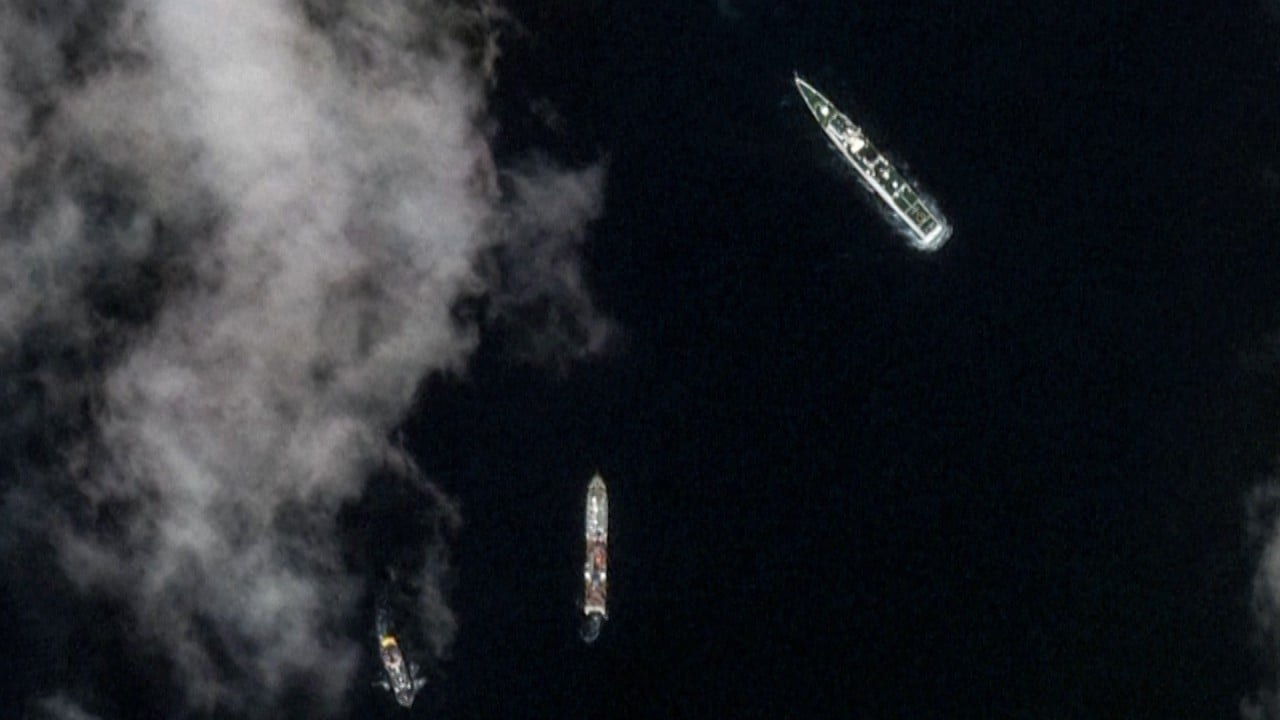
Why did US diplomat say Scarborough Shoal belonged to the Philippines?
- Amid South China Sea tensions, Nicholas Burns’ incorrect assertion that the disputed Scarborough Shoal and Second Thomas Shoal were Philippine territory may reflect US bias at work
- This highlights a hardening US stance against China and Beijing’s communication challenges
He added: “The International Court of Justice, which is the relevant legal body, ruled in July 2016 decisively in favour of the Philippines. And so that that territory is the sovereign territory of the Philippines and that China’s legal claim to it has no basis in international law. All the rest of the world understands that and recognises that this is sovereign Filipino territory.”
As Unclos “does not address the sovereignty of states over land territory”, the tribunal said in the ruling, it has “not been asked to, and does not purport to, make any ruling as to which state enjoys sovereignty over any land territory in the South China Sea, in particular with respect to the disputes concerning sovereignty over the Spratly Islands or Scarborough Shoal”.

The ruling declared that Scarborough Shoal was a rock that cannot sustain human habitation or its own economic life and, accordingly, has 12 nautical miles of territorial sea but no exclusive economic zone or continental shelf. The ruling also found that Second Thomas Shoal was a low-tide elevation forming part of the Philippine exclusive economic zone and continental shelf.
But that’s it. For Burns to say they are Philippine territory is wrong. This is especially as the US government has refused to take a position on the sovereignty of Scarborough Shoal.
Over the years, the US has repeatedly affirmed its position that it “takes no position” over competing claims to sovereignty over disputed land features in the South China Sea, including in a report to Congress last month. It has also said that this was not a matter governed by Unclos.
Third, Burns’ statement that “all the rest of the world understands that and recognises that this is sovereign Philippine territory” is even more contrary to the facts and the official US position.
While some countries may oppose China’s claims, most – like the US – take no position on sovereignty disputes in the South China Sea, including over continental shelf claims. These include Britain, France and Germany, which in their note verbale in 2020 to the UN, said they “take no position” over the “disputed territorial sovereignty to naturally formed land features and to areas of the continental shelf in the South China Sea”.
It is puzzling why Burns made such mistakes. Is he ignorant, did he knowingly make the mistakes or was it a form of disinformation warfare? What are the implications? What are the warnings for China in particular?
The first possibility, because this may be one of Burns’ cognitive blind spots, is that his perception has been hijacked by political correctness. Yet it is well known that Burns is a seasoned career diplomat and former academic. He served for more than a decade as the Goodman Professor of the Practice of Diplomacy and International Relations at Harvard University’s Kennedy School of Government.
This may be a reflection of the anti-Chinese stereotypes of the US political elite, especially those who strongly oppose China’s maritime claims.
The second possibility is that this is part of US disinformation warfare. Faced with great power competition, the US may feel the need to deny, denigrate and stigmatise China’s claims.
US, wary of China’s ambitions, still won’t join UN agreement on ocean rights
It also reflects the stalemate in US-China strategic maritime communication. Neither side is making an effort to understand the other, instead guessing at each other’s behaviour based on own assumptions.
This highlights China’s communication challenges. China may have to reflect on its South China Sea policy and improve its diplomacy to avoid being seen as always in the wrong.
It is crucial to focus on verifiable facts rather than over-politicised narratives from both China and the US, given strained relations. This will help prevent ethical coercion and rebuild understanding.
Zhihua Zheng is an associate professor and head of the East Asia Marine Policy Project at the Centre for Japanese Studies, Shanghai Jiao Tong University



